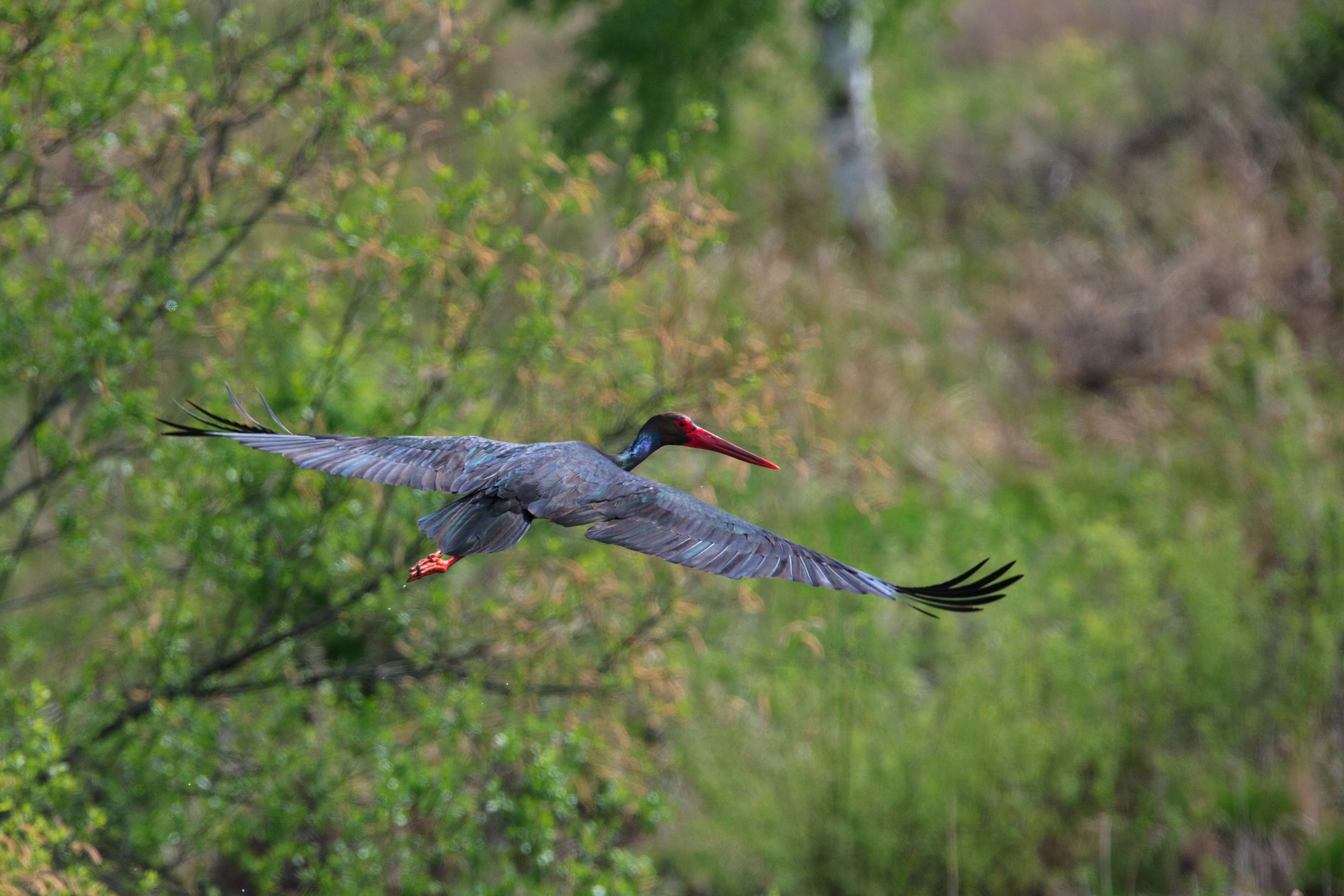Karula National Park is mostly located in the former Karula parish, spanning the greater part of its eastern section. In addition to its unique nature, other key values protected in the national park include human settlements which evolved over a long period of time, village architecture, the traditional way of life and the Võru dialect.
Architecture
Landscapes
Karula is considered to have high conservation value due to its natural and heritage landscapes. The natural landscapes typical of the region – large forests alternating with small lakes and mires – can be found in the southern part of the national park and near Lakes Õdri and Kaugjärv. Karula has the highest density of the black stork population in Estonia.

- The national park was established in 1993 within the boundaries of a landscape protection area created in 1979.
- Karula National Park is the smallest national park (surface area: 123 km²) in Estonia and also the one with the hilliest terrain.
- The national park was established to preserve the natural environment found in the hilly landscapes characteristic of Southern Estonia, where forests and lakes abound, as well as species under protection and the cultural heritage of the area.
- 563 species of vascular plants (including 19 species of orchids), 157 species
You can find interesting events and different services (museums, adventure trips, accomodation facilities etc) from Visit Estonia website.

A view from the hill Munamägi to the lake Vaskna. Foto: Pille Saarnits